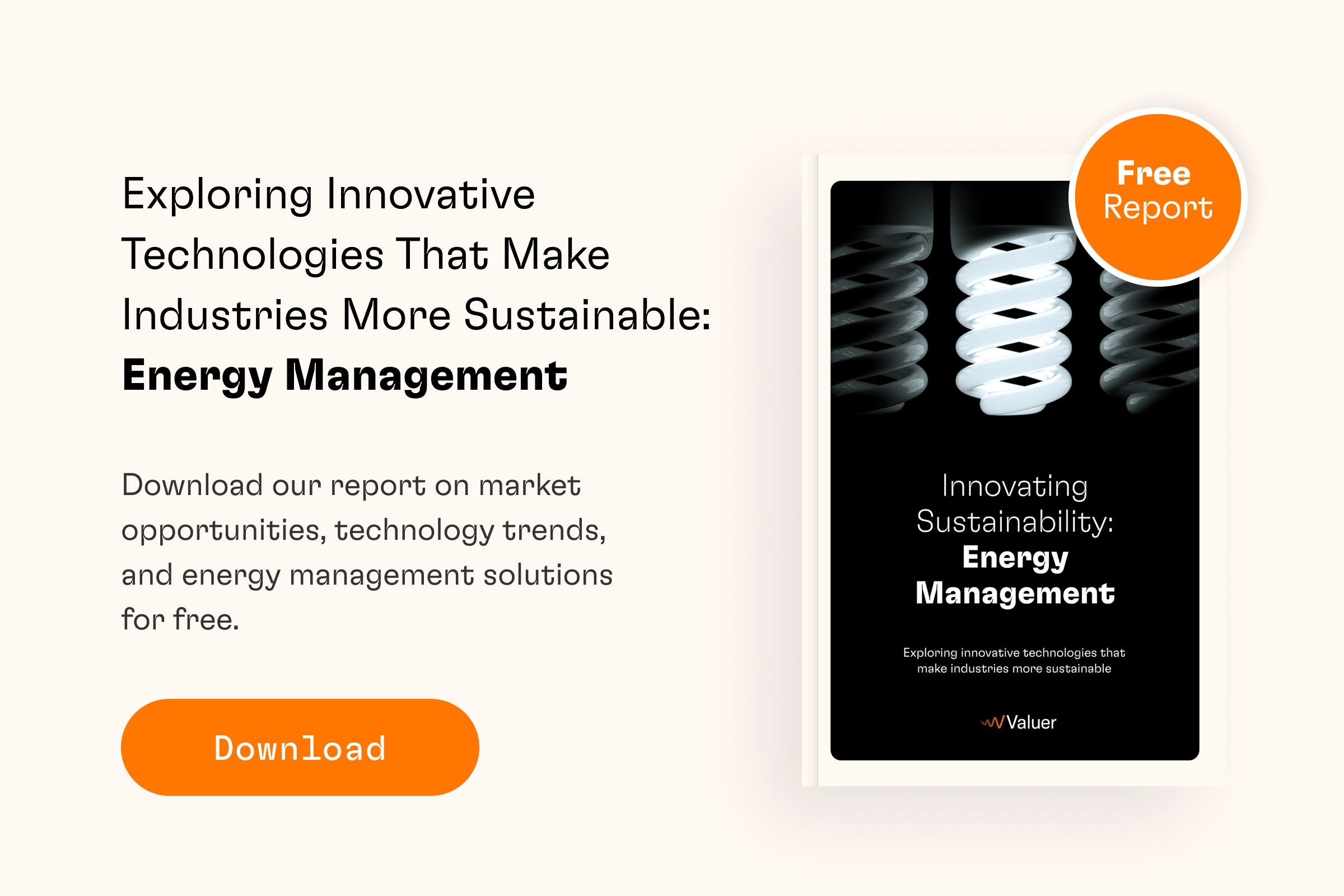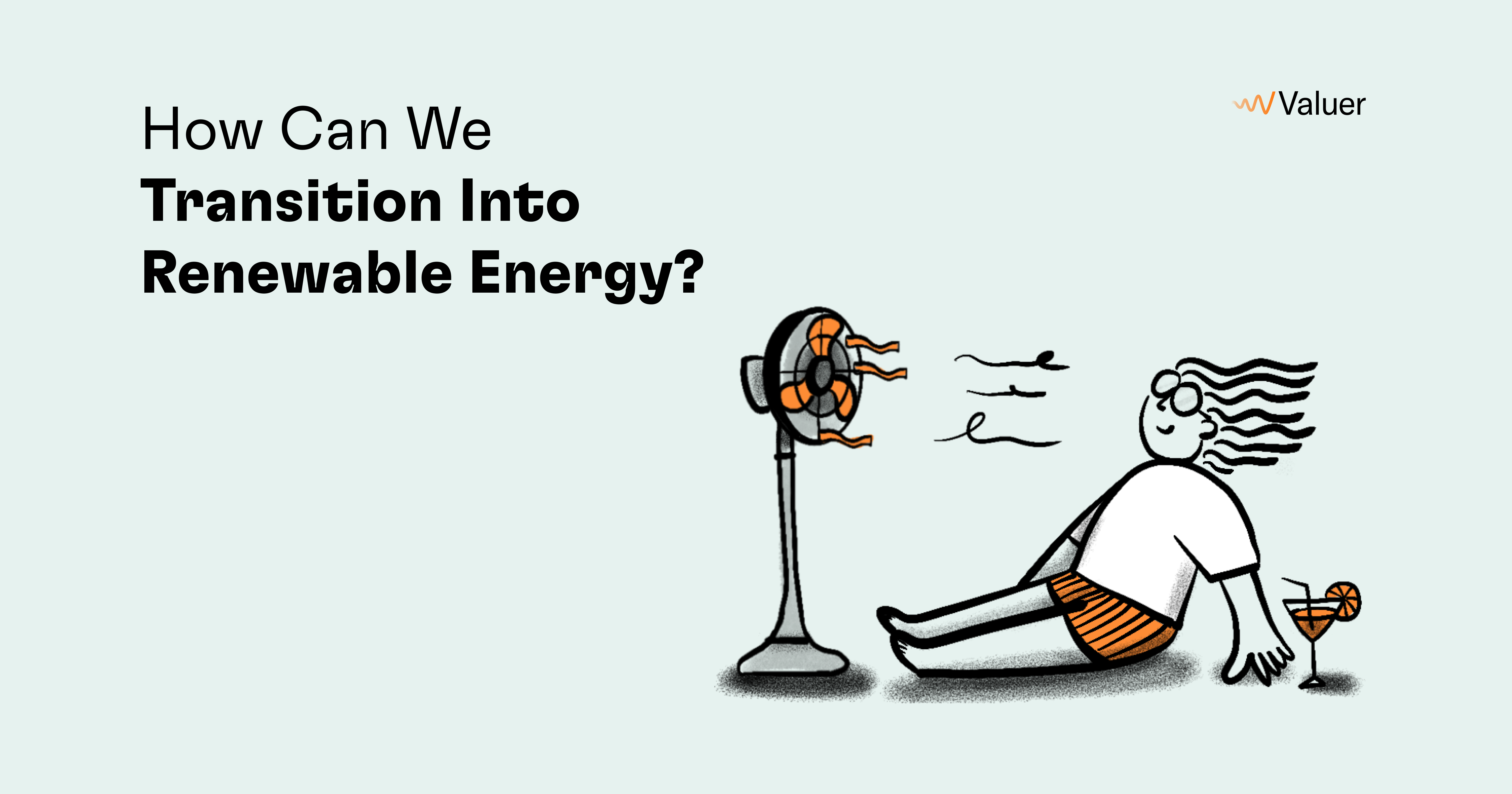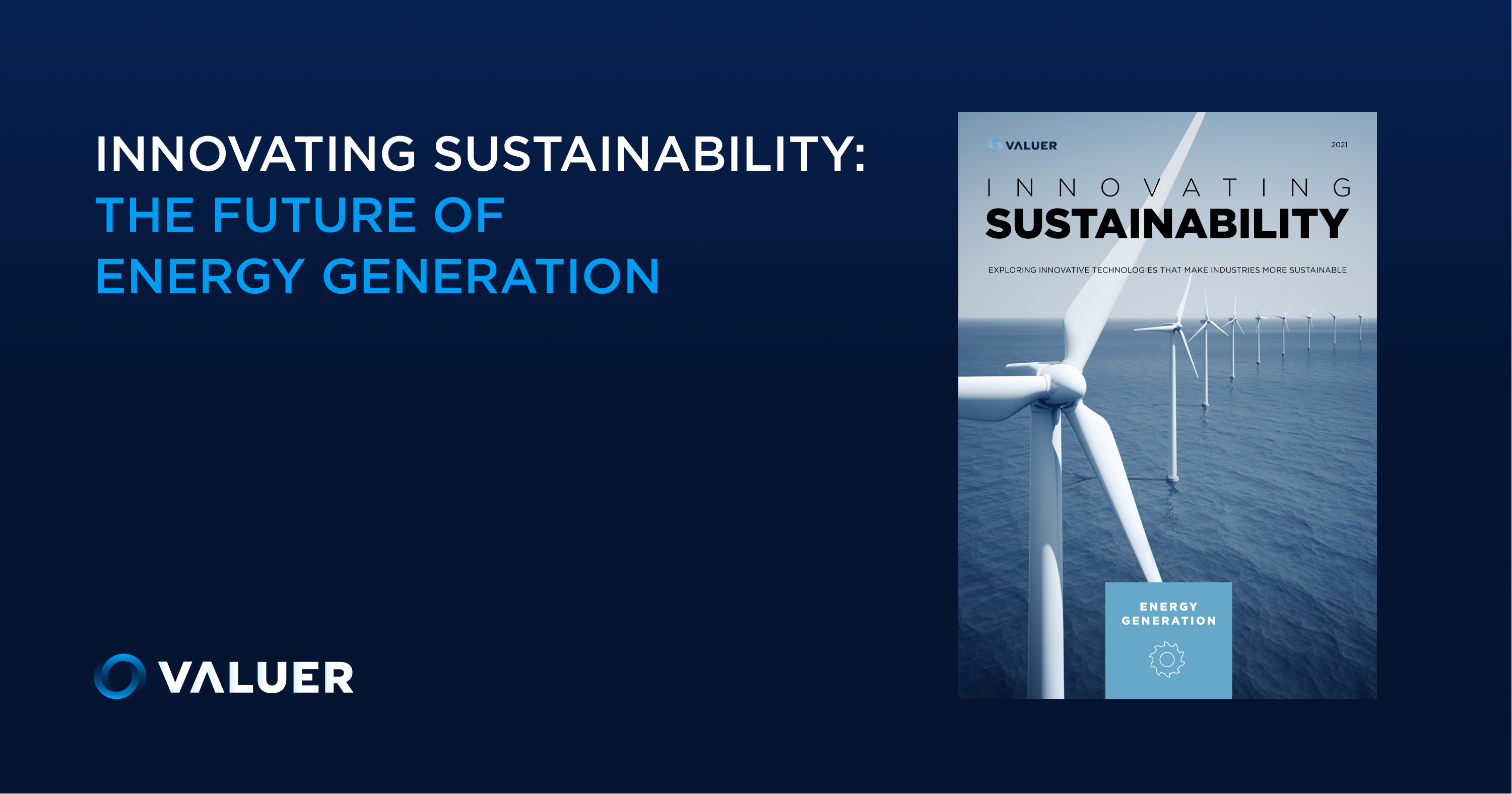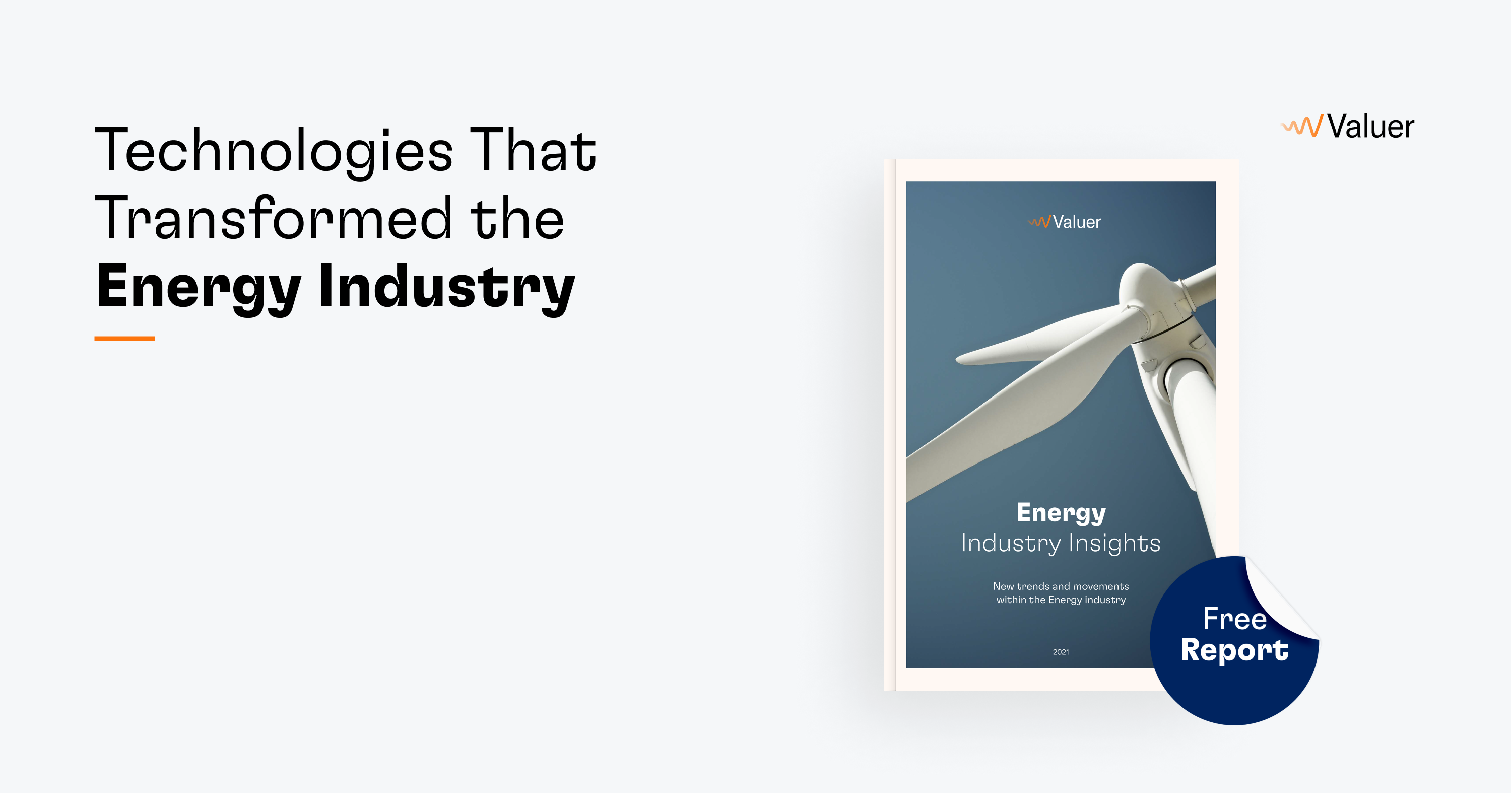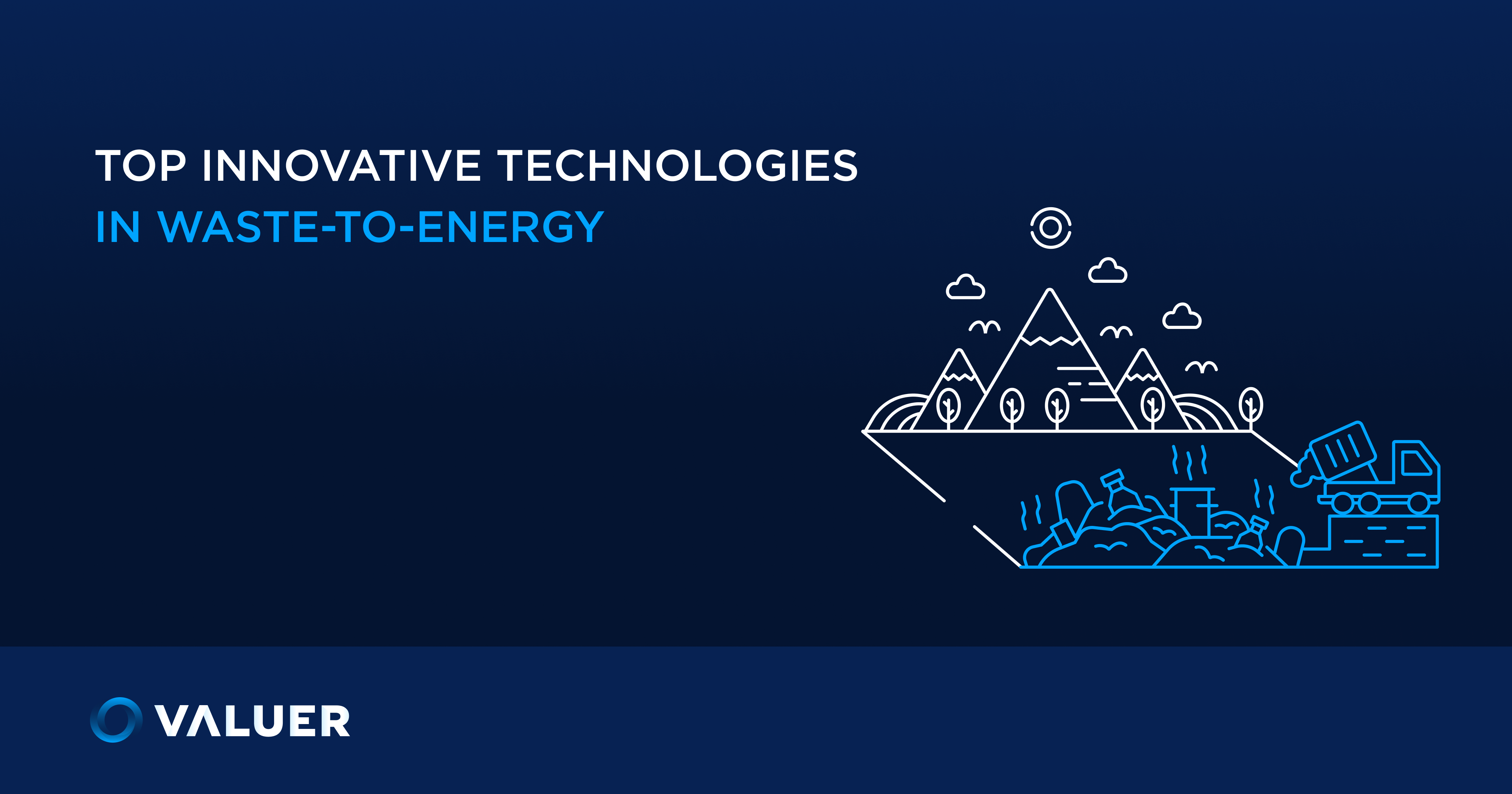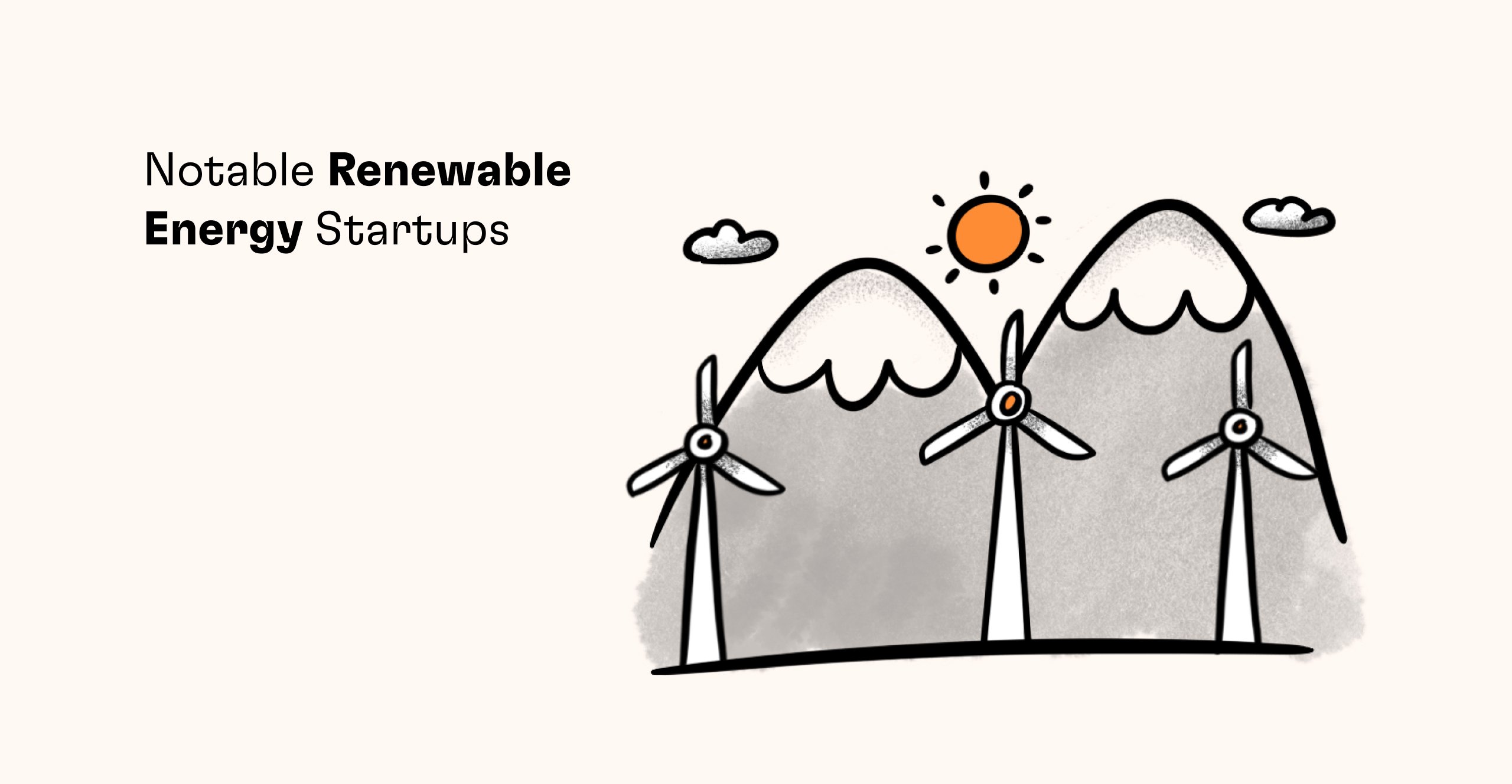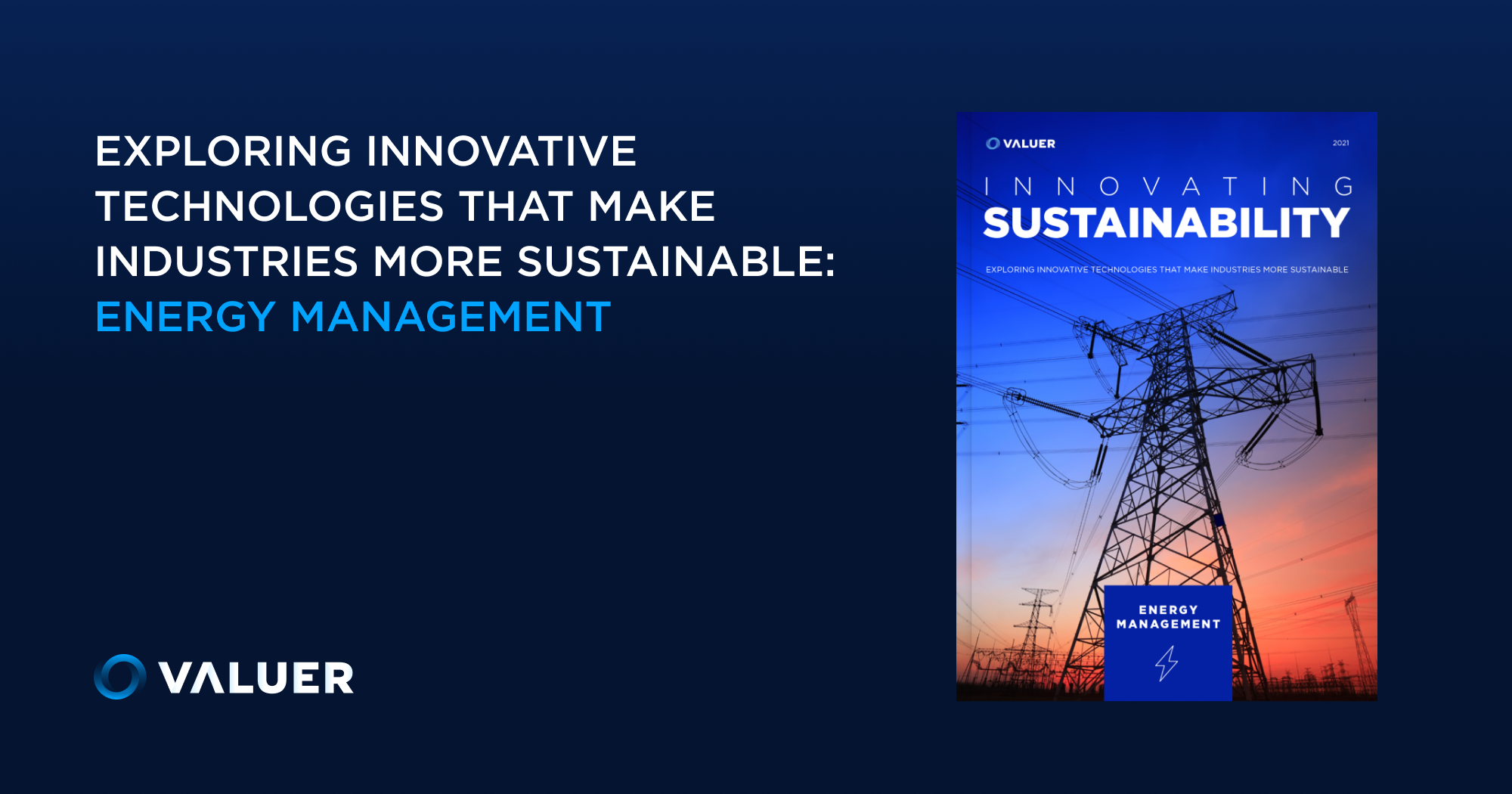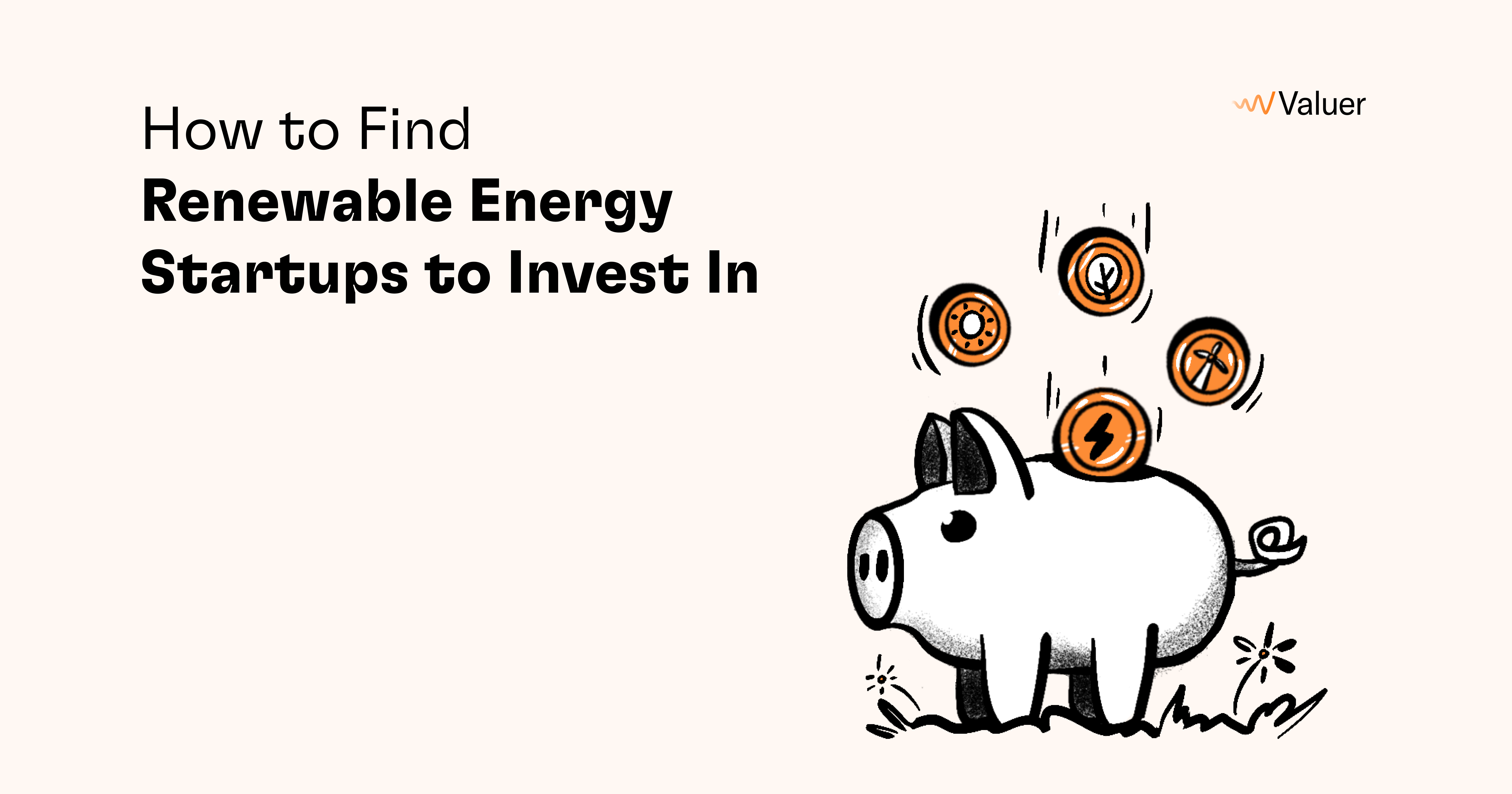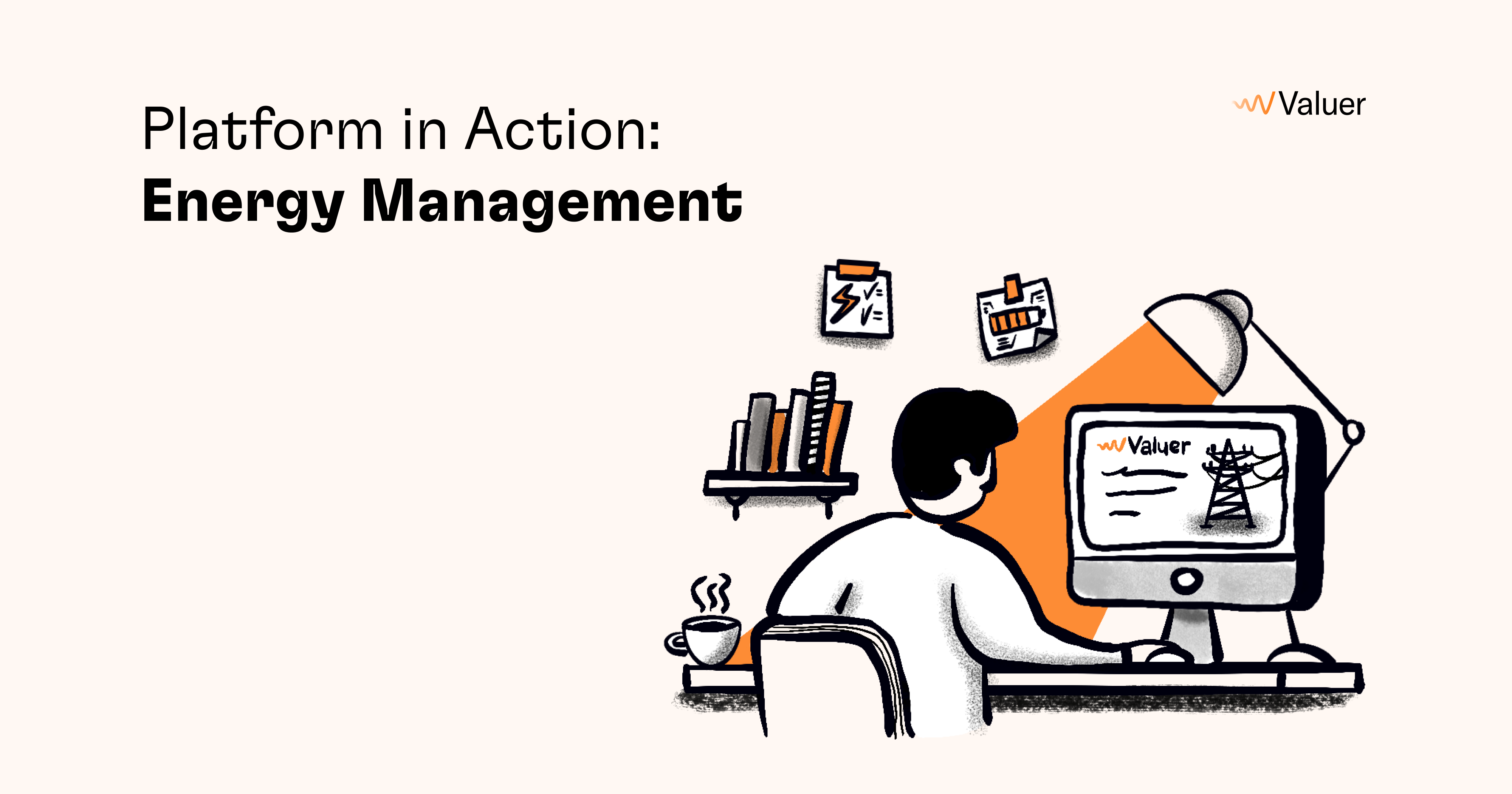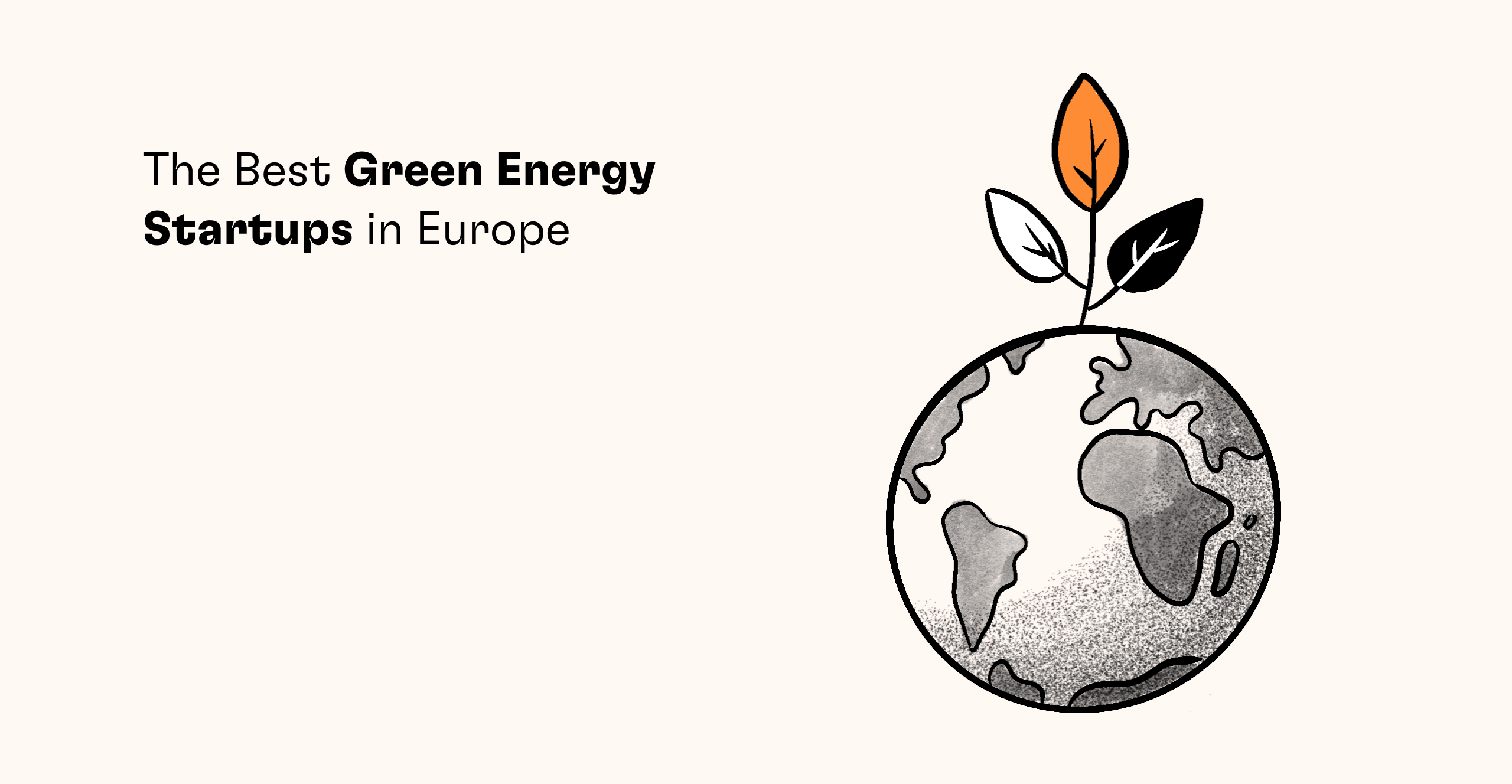Unexpected weather events, international politics, COVID-19, oil price inflation, and, according to some, global attempts of governments to hastily decarbonize are some of the contributing factors of the upcoming energy crisis this winter. A frightful, yet often predicted outcome, is that the hardest hit is usually people of lower socioeconomic status (SES).
 This is especially true in poorer developing countries. What’s more, when energy prices spike, the prices of everything else inflate, from construction materials all the way down to food and unfortunately, it's the poorest members of society who will get the short end of that stick.
This is especially true in poorer developing countries. What’s more, when energy prices spike, the prices of everything else inflate, from construction materials all the way down to food and unfortunately, it's the poorest members of society who will get the short end of that stick.
But while governments are scrambling to gain access to enough traditional energy sources, like oil, gas, and coal for this winter, a very simple question arises: how did we get here? What energy practices brought on this immanent problem, this uncharted territory for modern humanity?
On the other hand, if renewable energy isn’t yet ready to take on the lion’s share of energy expenditure, how can we get there? So, let’s try to untangle this mess called the 2021 energy crisis, unpack the factors that lead to it, and try to discover how, over time, we can end our dependence on fossil fuels and transition into a future of energy that’s clean, sustainable, and versatile.
An overview of the causes
At the COP26 climate change summit this November, it was reiterated that least developed nations are the least responsible for human-generated climate change, and yet they are the likeliest to be negatively impacted by the energy crisis, not to mention the high costs of combating the effects of climate change. Meanwhile, the reckless use of traditional energy - fossil fuels - is regarded as the main culprit for human-generated greenhouse gases and climate change.
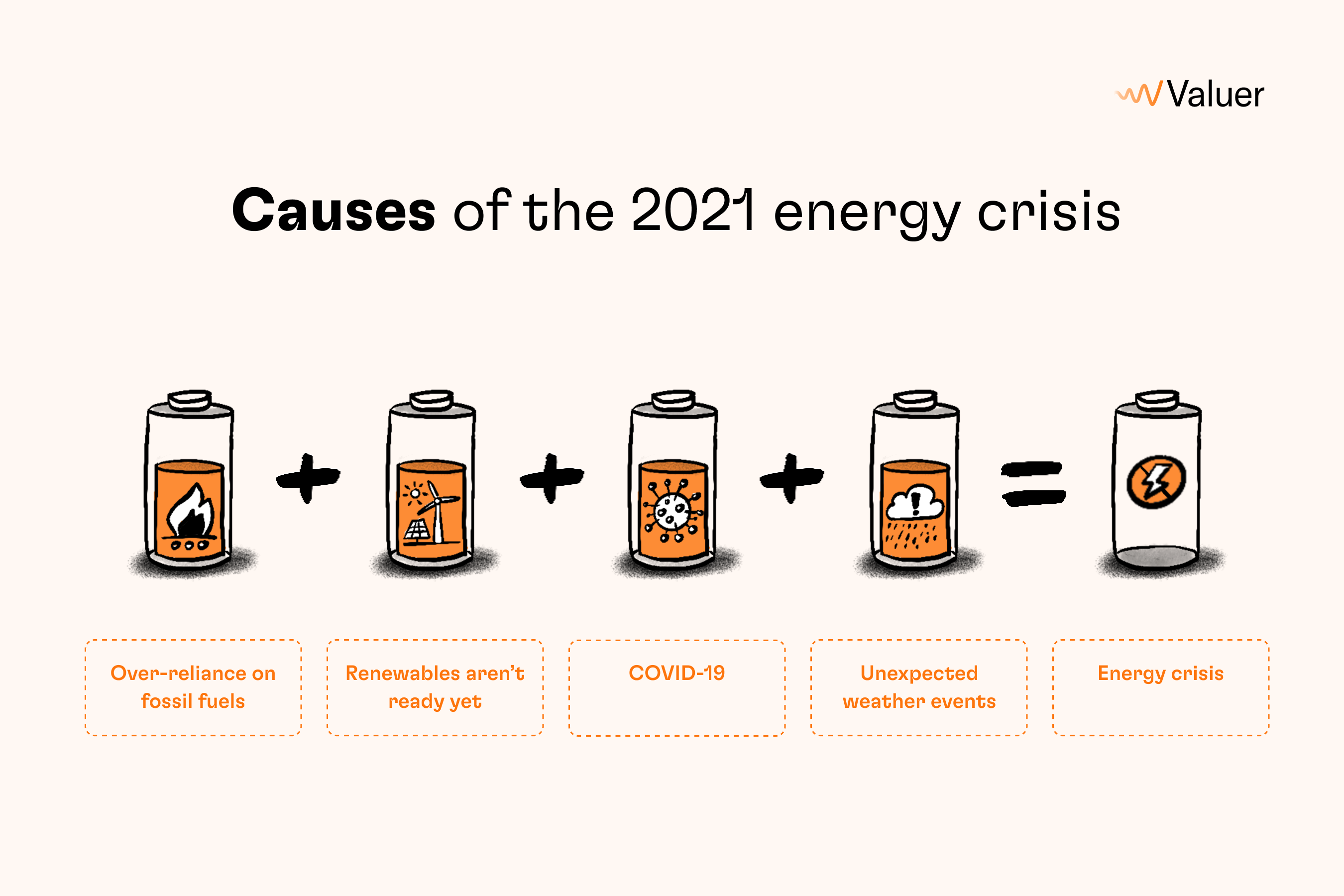
In 2018, for instance, 89% of global carbon dioxide emissions were attributed to fossil fuels and industry. So, let us begin here - how the use of traditional energy had a hand in the upcoming crisis.
Over-reliance on traditional energy sources
We took our time, and now the train is leaving the station. Although climate talks have been going on for decades, it’s only recently that climate change was accepted as a current threat. According to Climate Action Network advisor Harjeet Singh:
“We’ve been too slow on mitigation and adaptation, and so now we have this big and growing problem of loss and damage.”
Though this mostly refers to the damages caused by climate change, it’s also applicable to the decades of blasé attitude and postponing the development of efficient renewable energy technologies.
[Related Article - How Can We Transition Into Renewable Energy?]
Traditional energy has been recognized as problematic for a long time, but little has been done in the past. It’s only in recent years that renewables are starting to get away from being considered a niche tech and into the spotlight as the only possible future of energy.
Renewables aren’t ready yet
On the other hand, renewable energy isn’t yet ready to take on the work of traditional energy. Christopher Helman of Forbes has pointed out that some European countries have shifted their dependence on renewables too quickly, with Germany shutting down nuclear power plants all over the country and the Netherlands closing the large gas field in Groningen.
Meanwhile, onshore fracking is currently banned in the UK, with the US soon following suit, as president Biden has promised to ban fracking and has already canceled pipelines. These are all great steps forward but have one big caveat.
As Ed Yardeni puts it, “renewables aren’t ready for the prime time.” After years of not grasping the magnitude of the problem, countries are scrambling to jump to green tech as quickly as possible. However, it’s likely that the lack of investment in developing renewable energy during those years that’s responsible for the fact that it’s still not ready for, well, the prime time.
Just take the U.S. as an example, they can ban poor energy practices, such as fracking, but in 2020, renewables accounted for less than 13% of the energy supply in the U.S. The foundation for the path to renewable energy needs to be laid before we can cut traditional energy.
The justified-yet-troublesome demonization of traditional energy
Fossil fuels are bad, we can all agree on that. Trouble is, as we’ve already covered, not enough has been done to bring renewable energy where it needs to be to take on the responsibility of keeping humanity warm, illuminated, medicated, online - you get the idea. However, after the divestment in traditional energy sources with high carbon footprints, we find ourselves not ready to go without them just yet.
What’s more, after the crash of oil stocks during the pandemic and reduced extraction of other traditional energy sources, their prices have skyrocketed. The drop in demand for oil during the pandemic was followed by a decreased supply. Today, demand is recovering, but the limited supply has yielded this inflation. The price of crude oil is up by 65%, for US coal it has gone up by 400%, and the cost of natural gas has doubled.
Politics
We won’t linger here, but international politics have done their part to muddy the waters. To give you an example, the controversial, contested Nord Stream 2 Russian gas pipeline finally happened despite pushback from “the West”, and without it, Germany would have found itself strapped for natural gas this winter.
Other factors
There are a few other things that we’ll briefly mention. First, last year’s winter was unexpectedly long and cold, and it was partially why European stocks of natural gas got depleted.
And then there’s the pandemic. In addition to constricting the regular supply chain, at one point during the 2020 lockdowns, the price of oil dropped below zero, as companies were short on storage for the oil that the world wasn’t using. Yet today, the oil stocks are hitting new highs.
The bottom line for traditional energy
Though there are multiple culprits in the lineup, what all this indicates is that the global, wasteful use of fossil fuels and dependence on traditional energy has brought us to a point where we have to make changes, fast, but as investments in renewable or alternative energy sources have been on the sidelines for decades, we’re not yet ready to make the jump.
Plus, an overeager attempt to transition without training wheels is regarded as a contributing factor to the energy crisis. So, let’s take a look at some potential paths we could follow to smoothen the transition to a fully renewable energy management system.
The first step in the transition: using mixed energy sources
OK, so we can’t go all renewable at the drop of a hat, but we still have to be mindful of the carbon footprint left behind by fossil fuels in the process of getting there. So which fossil fuel is considered to be the least harmful for the environment? Let’s start with natural gas, a traditional energy source that’s often considered the optimal fuel for bridging the gap.
Natural gas
The carbon footprint of natural gas is at the bottom of the list of fossil fuels: it’s about half the carbon footprint of coal and less than that of diesel, gasoline, and propane. In comparison to gasoline, natural gas is 15-20% cleaner - that is, if we ignore leaks and other factors.
If we consider only tailpipe emissions, natural gas is the cleanest. Methane is also easier to transport, more efficient than coal, and remains in the atmosphere significantly less than CO2 - nine years, as opposed to hundreds. In short, there are a lot of good reasons as to why natural gas would be a great bridge that would supplant renewable energy sources until they’re ready to stand on their own.
So then, why aren’t we getting our gas tanks ready? What’s the problem? Well, it’s mainly about extraction, production, and other environmental factors.
The dangers of methane
Natural gas extraction via hydraulic fracturing and acidizing results in toxic wastewater that seeps into ecosystems and wreaks havoc on the local flora and fauna. Another big problem here is the methane that gets released into the atmosphere during the extraction process. While methane does stay in the atmosphere for a shorter amount of time than carbon dioxide, it’s still one of the main greenhouse gasses that are contributing to climate change, and in a shorter time frame, it’s a more impactful player than CO2.
Some studies estimate the gas leakage rate in the US from the supply chain to be around 2.3%, which is stifling at a time when we’re trying to limit global warming to 2 degrees Celsius. Some experts, like Lena Höglund Isaksson of the Austrian International Institute for Applied Systems Analysis, believe that this temperature is out of reach with methane in the picture.
Some solutions proposed by experts are minimizing leaks in transportation, production, and extraction by optimizing the systems and ensuring they’re as foolproof as possible.
.png?width=541&name=Methane%20leaks%20occur%20throughout%20the%20extraction%20and%20manufacturing%20of%20natural%20gas%20(1).png)
Another fear researchers have in using gas as a sustainable bridge fuel is: how long? Once they establish gas plants, regions will need to rely on them for decades. However, the idea is to not use natural gas as a long-term solution and to continue investing resources in renewable energy technologies so that they can grow more efficiently and rapidly.
Nuclear energy
Bear with us - this isn’t the heartbreaking scenario of “Two Suns in the Sunset”, but rather a scenario where we learn from the sun itself. The current situation in Europe is that Germany has shut down its nuclear power plants, while France is largely reliant on nuclear energy, with goals to branch out to other sources of energy by 2035.
Nuclear energy is controversial for three reasons: the first one is the fear of nuclear weapons - the tragedies of WWII still echo today. The second one is a disturbing history of nuclear plant disasters like in Chernobyl and Fukushima, and the third one is the long-term storage of radioactive waste.
For some, investment in nuclear energy as a clean, green, or sustainable source is abhorrent for precisely these reasons. There is also the worry that investing in nuclear energy would take money away from where it needs to go – the funding of renewable energy research.
It’s a tricky and sticky situation because nuclear energy doesn’t really create greenhouse gases like CO2 or methane, but we also don’t seem to be reliable when it comes to creating secure enough conditions. This is where I’ll dare to delve a bit into the science of tomorrow apropos the notion of learning from the sun.
Mirror the sun: Nuclear fusion, not nuclear fission
We don’t need to fly too close to the sun to understand how it works. The sun is a sort of a nuclear reactor - inside it, the process of nuclear fusion takes place, generating incredible power through the combining of two atoms’ nuclei.
The way modern nuclear plants work, however, is by fission, the division (or splitting) of an atom’s nucleus. These two processes are quite different: fission is more unstable, dangerous in the case of accidents, less powerful, and a lot more wasteful than nuclear fusion.
In fact, nuclear fusion is considered one of the most eco-friendly energy sources. It uses hydrogen and lithium instead of uranium, thorium, or plutonium. Its byproduct is helium and potentially a bit of tritium, which although radioactive, has a very short half-life and poses no serious danger. In a nutshell, nuclear fusion is insanely energy-efficient, clean, and near-immune to accidents thanks to the failsafe system that immediately cools the reactor and stops the reaction if any external factors change.
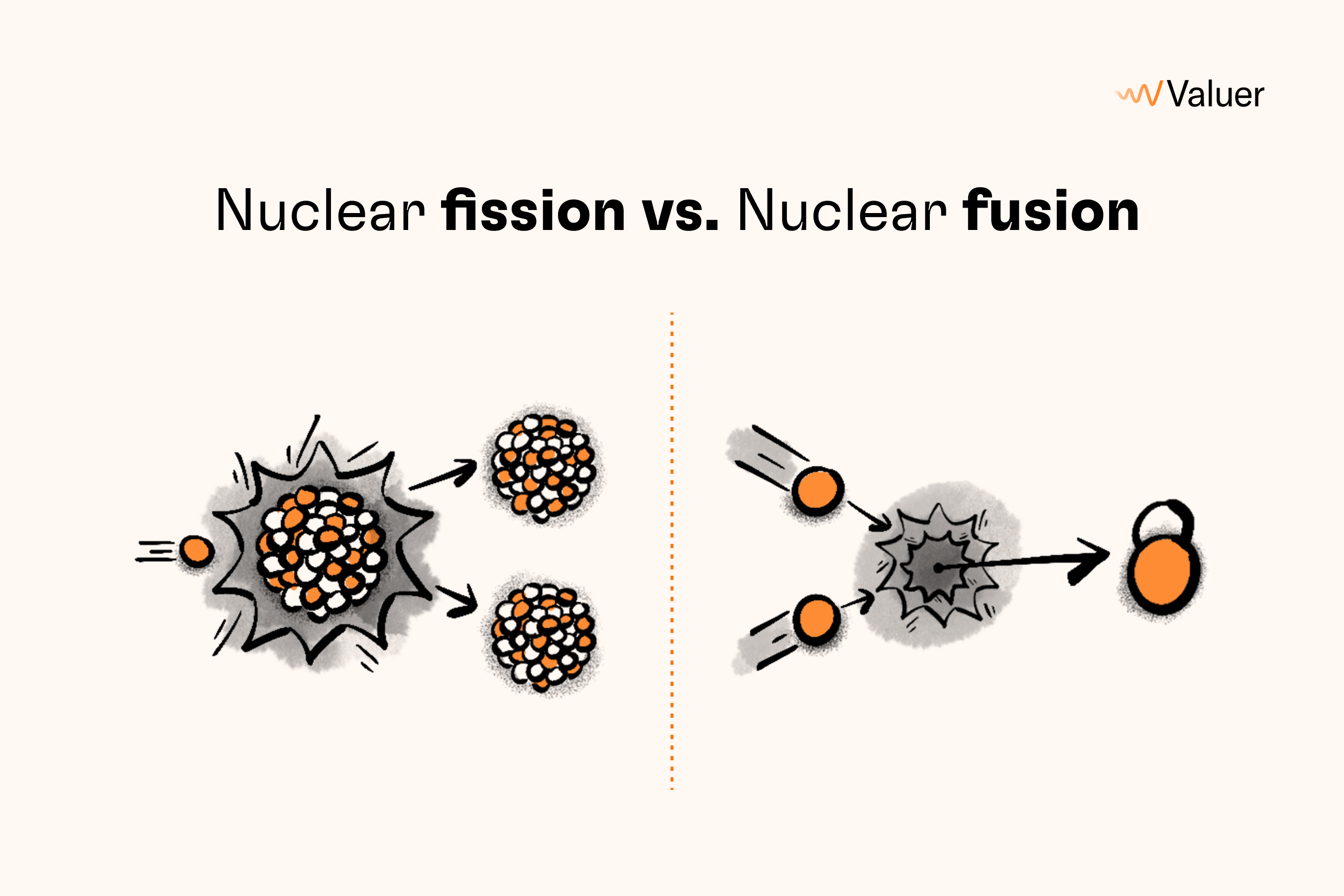
So, what’s the catch? Well… we just don’t have it yet. Though scientists are working on it, nuclear fusion is still in its nascent stages. Current challenges include:
- The heating of the reactor consumes more energy than the fusion produces
- Finding materials that can withstand the heat is difficult
- No way to stabilize and contain the energy
- Expensive
Just like our beloved renewables, nuclear fusion’s kinks are still being ironed out. The estimate is that a demo would be ready by 2040. If renewables haven’t caught up by then, perhaps nuclear fusion would be a great way to supplant energy needs.
Alternative local solutions: using renewables to supplant renewables
If we’re thinking really locally, we’d stumble upon the realization that we may be able to combine different renewable energy sources that would supplant one another. And it’s also about approaching homes and communities with a holistic understanding of energy and energy preservation. For instance, some eco-houses combine photovoltaic energy with a very specific design that faces the sun (south-facing) and have highly-insulated walls that don’t let heat escape.
Use what your nature gave you
It’s not survival of the fittest - it’s survival of the most adaptable. One of the beautiful things about renewable energy is that it offers a lot of versatility - we just need to adapt our local energy practices to what’s available in the buffet. A region with lots of sun could take advantage of photovoltaic systems, while cold, windy regions could utilize wind turbines. There have been lots of advancements in clean energy storage, though most of them only have the capacity to store energy for small areas.
Microgrids
A great solution for communities is setting up microgrids - decentralized energy systems that combine different types of renewable energy from various sources. So you could have a microgrid that combines solar, wind, or hydro energy - though the last one is contested for being environmentally friendly due to its impact on fish populations - to ensure that there’s always a source ready to supplant the needs of the community. There are already some great startups that help localities set up their own microgrid energy management systems.
The future of energy is renewable, but the road is rocky
As we’ve seen from this year’s energy crisis, over-reliance on traditional energy has been a trap, but renewables and the future of energy aren’t ready to take over the show yet. It seems like a smooth transition, on a global scale, is only possible if we combine renewable energy with some sort of traditional energy like natural gas, the lesser of several evils.
Nuclear energy is another contestant that could accompany renewables in the transition, but nuclear fission is problematic while nuclear fusion is still under construction, so to speak. Microgrids are an option that’s not available in all areas and is generally feasible as a small, localized solution, so global efforts can’t focus on it as a strategy, either.
In the end, what the energy crisis and climate change are not subtly implying but screaming at the top of their lungs is that we need to increase investments and resources allocated to the development of renewable energy technologies. We’ve fallen behind, which is why it’s important to make sure that even if another energy source is acting as a crutch, we’re still investing in the future of energy – renewables.
.png?width=103&height=103&name=Untitled_Artwork%20725%20(2).png)
